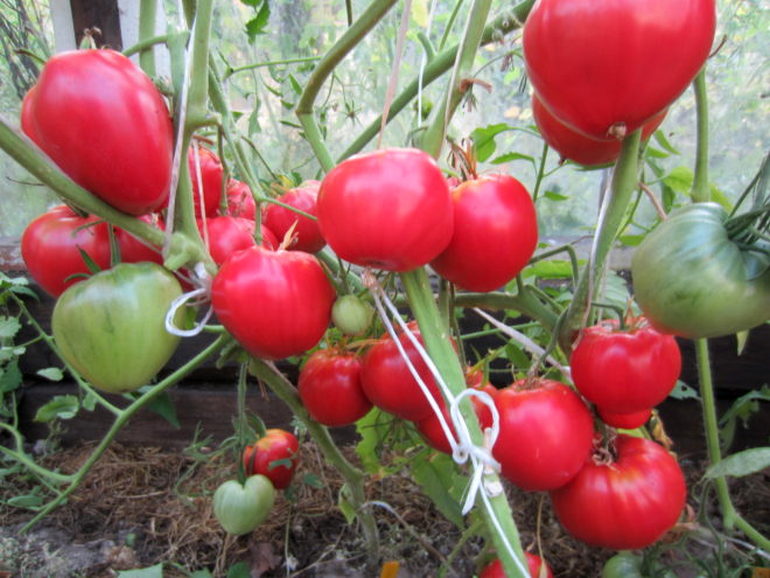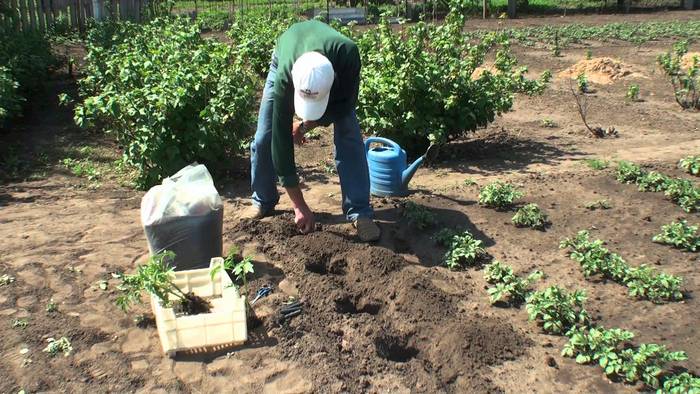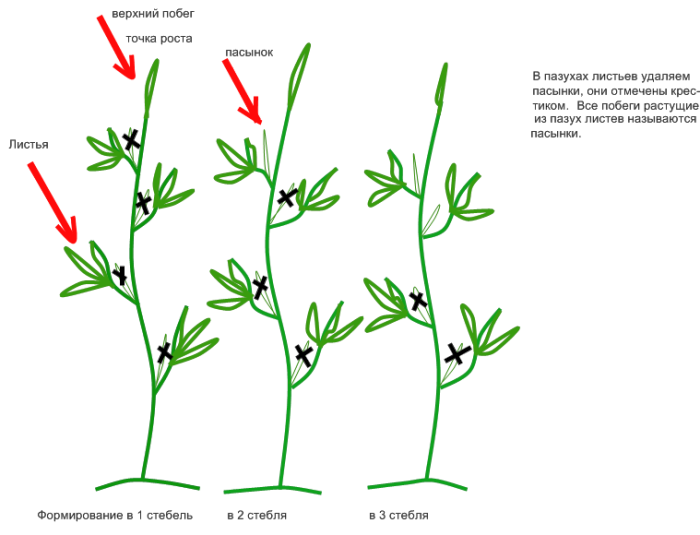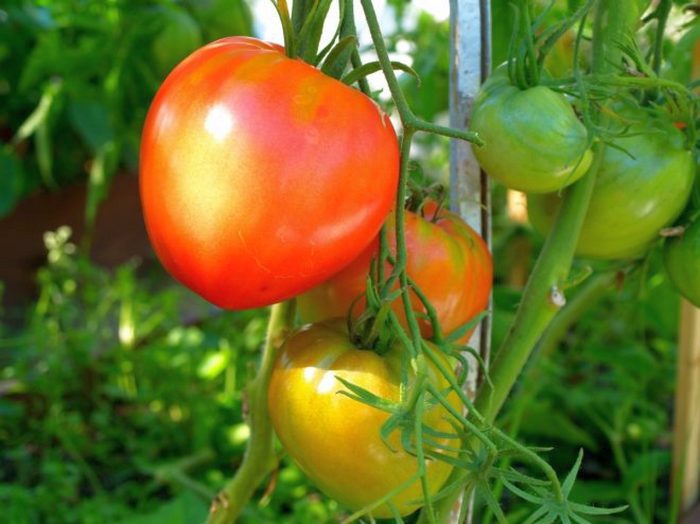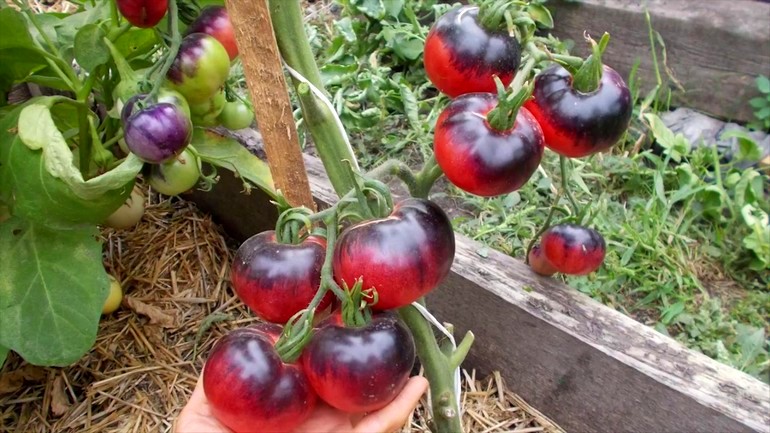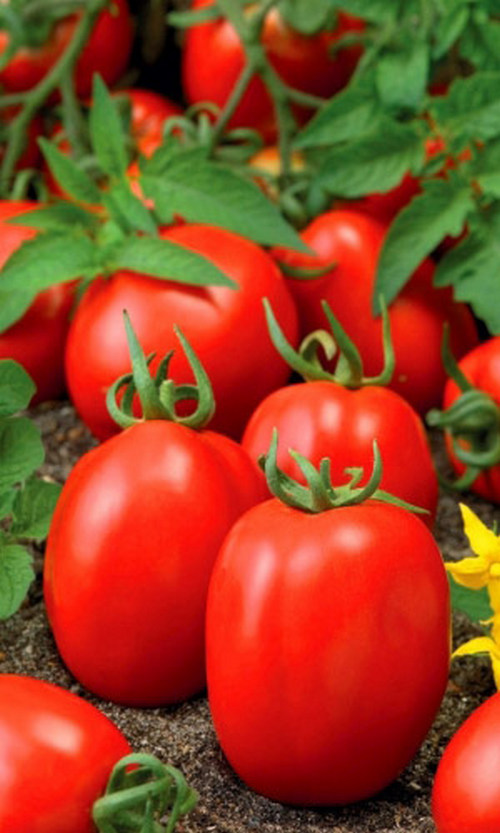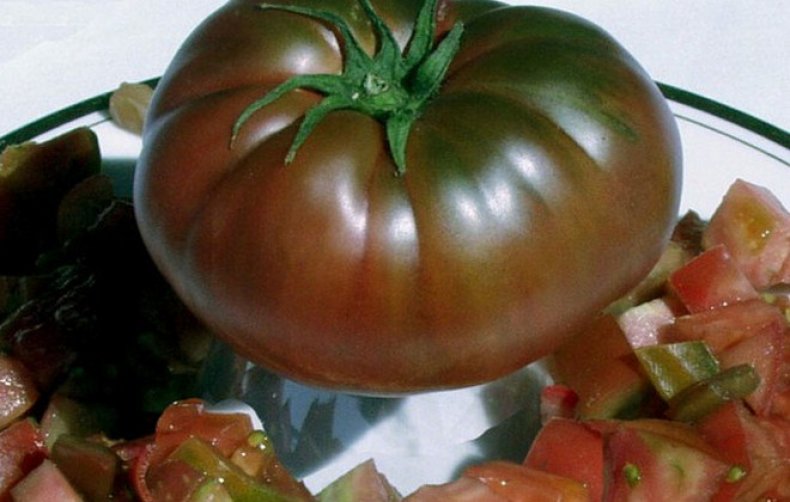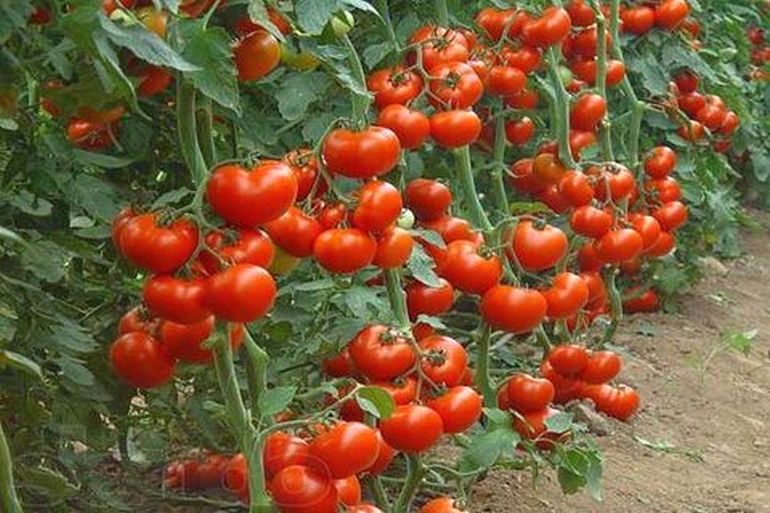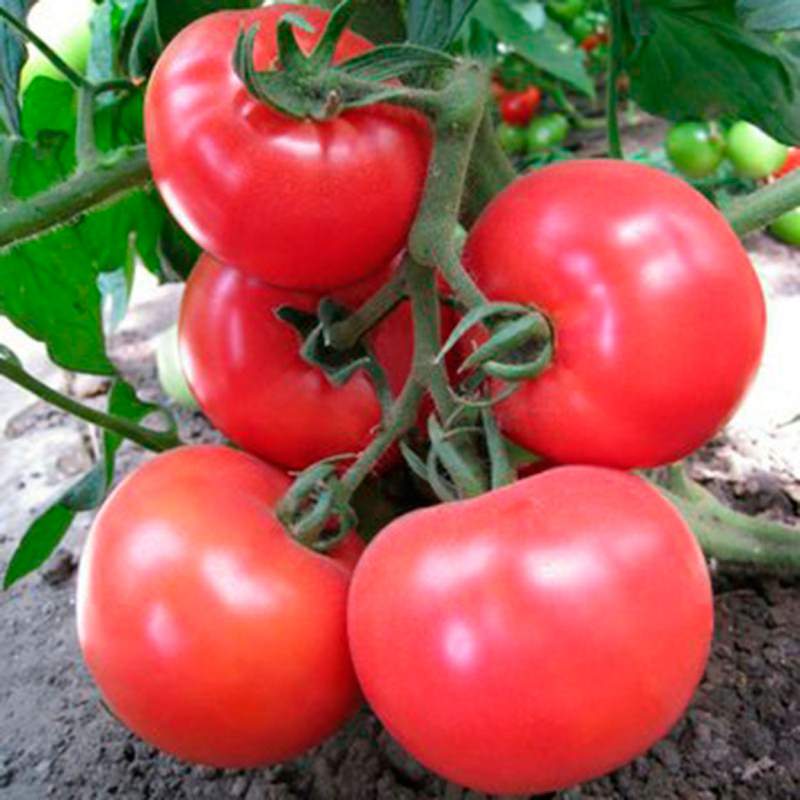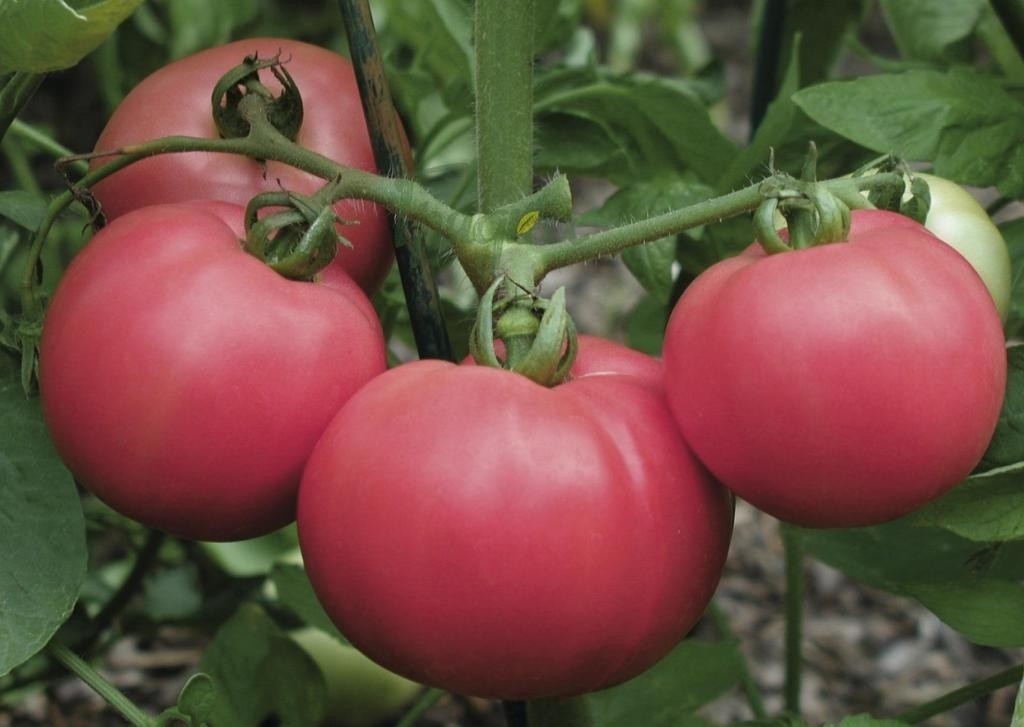Content:
Danko is one of the Siberian tomato varieties that are distinguished by their unpretentiousness. The species was bred by domestic breeders. Tomato Heart Danko is not only resistant to temperature extremes, but also has excellent taste characteristics.
Characteristics and description of the Danko tomato variety
The Danko variety can be grown both in the greenhouse and in the open field. In greenhouse conditions, it can reach 45 cm, while in open ground the bushes reach one and a half meters. From the moment the first shoots appear to the formation of the first fruits, 110 days pass.
There are few leaves on the bush, they are medium-sized, with a weak degree of corrugation.
The fruits are heart-shaped, they are distinguished by an average degree of ribbing. As the tomato ripens, it acquires a red-pink color, a greenish tint remains near the stalk. The fruits are large, with a thin skin. The pulp is firm and fleshy. With proper care, the fruits reach a weight of 450 grams, the average weight is from 150 to 300 grams.
Planting and leaving
Sowing seeds for seedlings is done at the end of March. If the seeds were harvested on their own, they need to be prepared for planting. To do this, they are disinfected with a weak solution of potassium permanganate or hot water. The seedling mixture consists of the following components:
- garden land;
- peat or sawdust;
- sand;
- wood ash.
When up to 4 real leaves grow on the bush, you should start picking. In the same period, seedlings are first fed with mineral fertilizers.
When 8 leaves appear, the bushes can be transplanted into beds in the garden.
There should be 4 bushes on one square meter.
Loose and nutritious soil is suitable for this variety. Seedlings are planted in the open ground when the temperature reaches + 10 degrees. The timing of disembarkation depends on the region; in the northern regions this is done no earlier than June 10. Seedlings can be planted in the greenhouse early - at the end of May. Bushes do not need to be planted too close to each other; they should be tied up as they grow. For the entire period of growth, up to three additional fertilizing is performed with complex fertilizer.
Plant care consists in removing weeds, loosening the soil, watering regularly as the soil dries up.
The soil between the rows must be loosened periodically. Danko tomatoes are harvested as they ripen. Overripe fruits may crack on the bush.
Advantages and disadvantages
The Danko variety has the following advantages:
- excellent taste;
- removed unripe fruits ripen very quickly;
- does not require frequent watering;
- the plant is not demanding to care for;
- tomatoes are resistant to many diseases;
- bushes are compact in size;
- suitable for growing in different regions.
Even novice gardeners can cope with the cultivation of fruits of the Danko variety.
In addition to the advantages, the variety has some disadvantages. The main disadvantage is that tomatoes of this type are poorly preserved during transportation. In unfavorable weather conditions, the fruits are poorly formed, and excessive soil moisture can cause the fruits to crack.Possible defeat by bears and scoops.
Tomatoes of the Danko variety are very tasty fresh, they are also used for preparation for the winter, and tomato juice is prepared. But Danko varietal tomatoes are not suitable for long-term storage, as they quickly crack.
